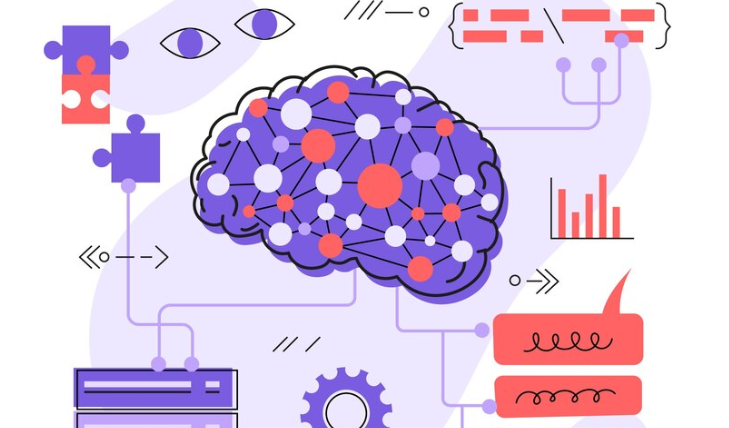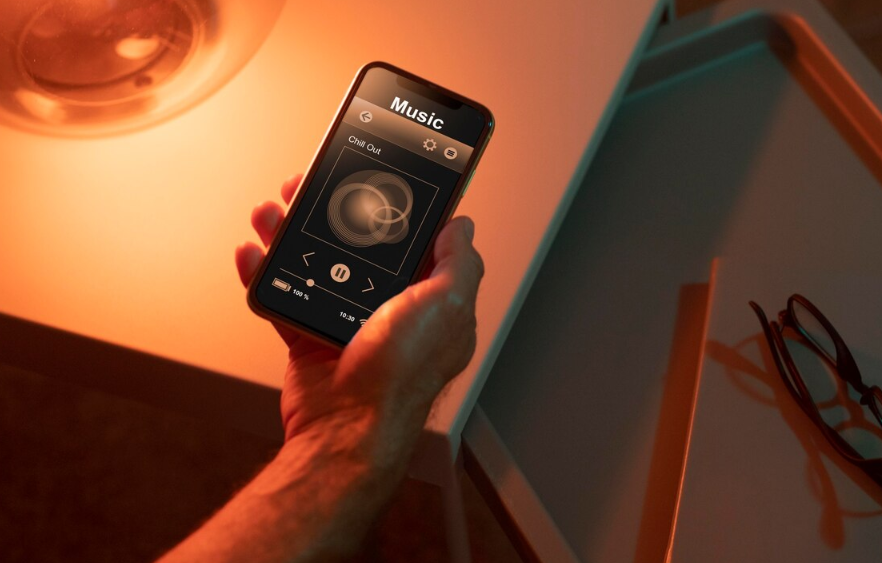Time, as we experience it, is both deeply personal and universally structured. We use it to measure everything from the smallest moment to the largest epoch. But in the digital age, time is no longer just a passive measure of change—it has become an architectural construct, embedded within the very tools and platforms we use every day. From the apps on our phones to the systems that govern our interactions online, time is increasingly shaped, controlled, and even commodified.
In this article, we’ll explore how digital time is built, the impact it has on our lives, and how we might rethink time in a world increasingly governed by algorithms, notifications, and screens.
What is Digital Time?
Digital time refers to how time is represented, measured, and managed in the digital world. Unlike traditional timekeeping—where we use clocks and calendars—digital time is influenced by algorithms, interfaces, and systems that shape how we interact with the world. It’s a blend of real-world chronology and artificial constructs that dictate the flow of information, attention, and action.
The Components of Digital Time
Digital time is not a singular, monolithic concept. It’s made up of several components, each playing a unique role in how we experience and interact with time:
- Real-Time Systems
Real-time systems process data continuously, making time-sensitive decisions as events unfold. Think of live stock market feeds, GPS navigation systems, or video streaming—each of these systems works to ensure that time moves without delay. - Artificial Time Constructs
These are timeframes created by digital platforms to shape behavior. Social media platforms, for instance, often implement time loops or moment-based experiences to maintain engagement—such as time-based notifications or endless scrolling that trick users into staying engaged longer. - Time-Based Algorithms
Algorithms that are designed to optimize content delivery based on a user’s behavior are increasingly prevalent. Platforms like YouTube or TikTok analyze your viewing patterns and deliver content tailored to when you are most likely to engage. This shapes not only the content you see but also how time is consumed. - Scheduled Interactions
Apps and digital interfaces often function on a fixed schedule, such as reminders, appointments, and digital workspaces. These scheduled moments carve out time for specific actions and create artificial deadlines in a digital landscape. - Notifications and Interruptions
One of the most pervasive features of digital time is its ability to interrupt. Notifications pop up without warning, dictating when your attention should shift from one task to another. This time fragmentation can affect our perception of focus and productivity.
The Impact of Digital Time on Our Lives
As we become more intertwined with digital systems, our relationship to time is being transformed. Digital tools have changed how we perceive and value time in both subtle and profound ways.
1. Time Compression and Acceleration
In the digital world, everything seems to happen at once. Information overload, constant updates, and 24/7 connectivity have given rise to the feeling of compressed time. We often experience time as if it’s speeding up—things move faster, decisions need to be made more quickly, and expectations are higher than ever.
This can lead to a sense of time scarcity, where individuals feel they are always behind, chasing after the next notification or piece of information.
2. Fragmentation of Focus
As digital time is punctuated by interruptions, it becomes harder to maintain sustained focus. The constant barrage of notifications, emails, and social media updates fragments our time into bits, making it difficult to stay immersed in any one task for an extended period.
Research shows that it can take up to 25 minutes to regain focus after being interrupted by a digital notification. This fragmentation leads to a diluted experience of time—we are always jumping between tasks without fully experiencing any of them.
3. The “Always-On” Culture
The rise of smartphones and constant connectivity has ushered in an “always-on” culture. We are no longer bound by the traditional 9-to-5 workday; time becomes elastic, stretching into evenings, weekends, and even vacations. This blurred boundary between work and personal life causes stress, burnout, and a redefinition of what it means to “be off the clock.”
4. Time as a Commodity
In the digital age, time is increasingly viewed as a commodity. Services like Uber, Netflix, and Amazon Prime give us the ability to access what we want, when we want it, for a price. Time-saving tools, from food delivery apps to productivity platforms, have conditioned us to expect speed and immediacy. But the underlying reality is that this convenience often comes at the cost of mindfulness, leisure, and true relaxation.
5. Time as an Attention Economy
The digital world thrives on the attention economy, where time spent on a platform or app is valuable capital. Companies craft their platforms with features that encourage longer engagement—scrolling feeds, auto-play videos, push notifications—all designed to keep us invested in time. The more time we spend, the more revenue they generate.
Rethinking the Architecture of Time
As the digital age continues to evolve, we have an opportunity to rethink how we design and interact with time. Here are a few ways we can challenge the current architecture of digital time:
1. Design for Digital Detox
One of the most effective ways to reclaim our time is through intentional digital detoxes. By intentionally disconnecting from digital systems, we can restore our sense of natural time. This could mean setting boundaries for screen time, scheduling device-free hours, or implementing “no notification” periods.
2. Mindful Time Management
Mindfulness can help us slow down and reframe our relationship to digital time. Instead of reacting to every notification or being constantly aware of the time, we can choose to focus on the present moment. Tools like time-blocking, Pomodoro techniques, and digital mindfulness apps can help.
3. Prioritize Quality Over Speed
In an age of rapid consumption, prioritizing quality time over speed can be transformative. Focusing on one task at a time, engaging in deep work, and savoring experiences rather than rushing through them are all ways to combat the time pressure imposed by digital systems.
4. Reclaiming Human-Centered Time
Designing technology that respects human rhythms and natural time is key. Instead of creating systems that demand constant attention or rely on artificial deadlines, we can create platforms that give users control over time—systems that work in harmony with their natural flows and allow for moments of pause and reflection.
Conclusion
The architecture of digital time is reshaping how we experience our lives, often making us feel more rushed, fragmented, and overwhelmed. However, by understanding the forces at play and designing our digital environments thoughtfully, we can regain control of how we engage with time.
In the end, time is not just a resource—it’s an experience. As we build the future, let’s ensure that the architecture of digital time serves our deeper human needs, rather than simply optimizing for speed and efficiency.


